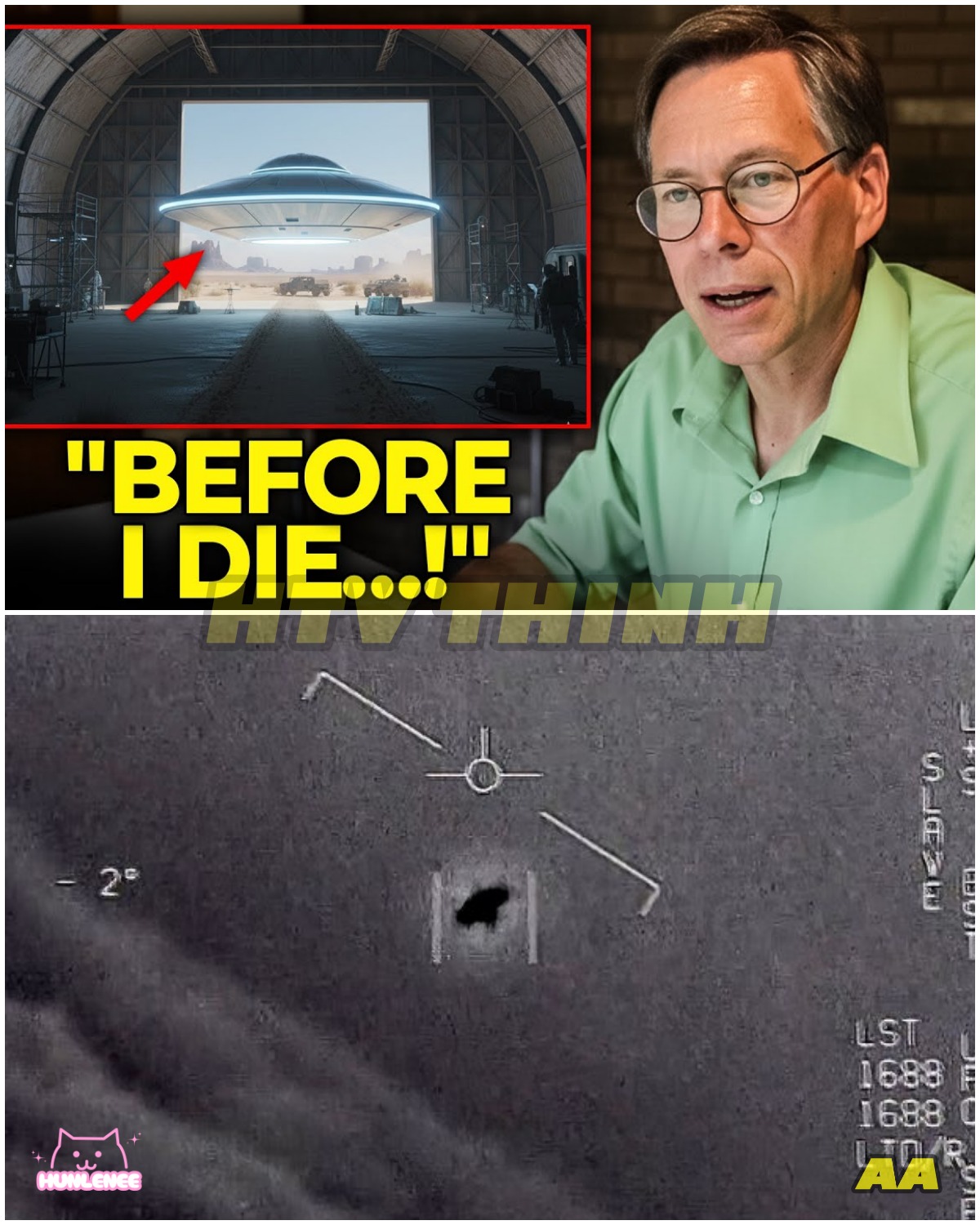For more than three decades, Bob Lazar has been at the center of one of the most enduring and controversial UFO stories in modern history. His name is synonymous with Area 51, secret government projects, and claims of recovered alien technology — but what is the truth behind his extraordinary tale?
The Man Who Claimed to See What No One Should
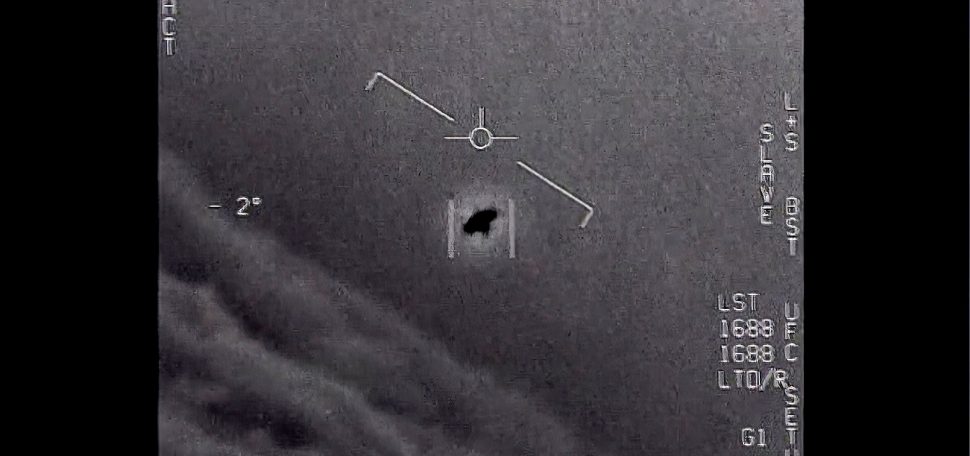
In 1989, Bob Lazar first appeared in a now-famous interview with investigative journalist George Knapp on KLAS-TV in Las Vegas. Using an alias to conceal his identity, Lazar claimed he had been employed as a physicist at a site known as S-4, a highly restricted facility near Area 51 in Nevada. There, he said, he was tasked with reverse-engineering a recovered extraterrestrial spacecraft.
According to Lazar, the craft he studied was not of human origin. Its propulsion system — which he described as powered by a mysterious element later dubbed “Element 115” — could generate gravity waves, allowing the vehicle to move silently and with impossible agility.
His claims immediately ignited public fascination. For many, Lazar’s story offered the first real glimpse behind the curtain of U.S. government secrecy surrounding UFOs. For others, it was an elaborate fabrication.
A Story That Refuses to Fade
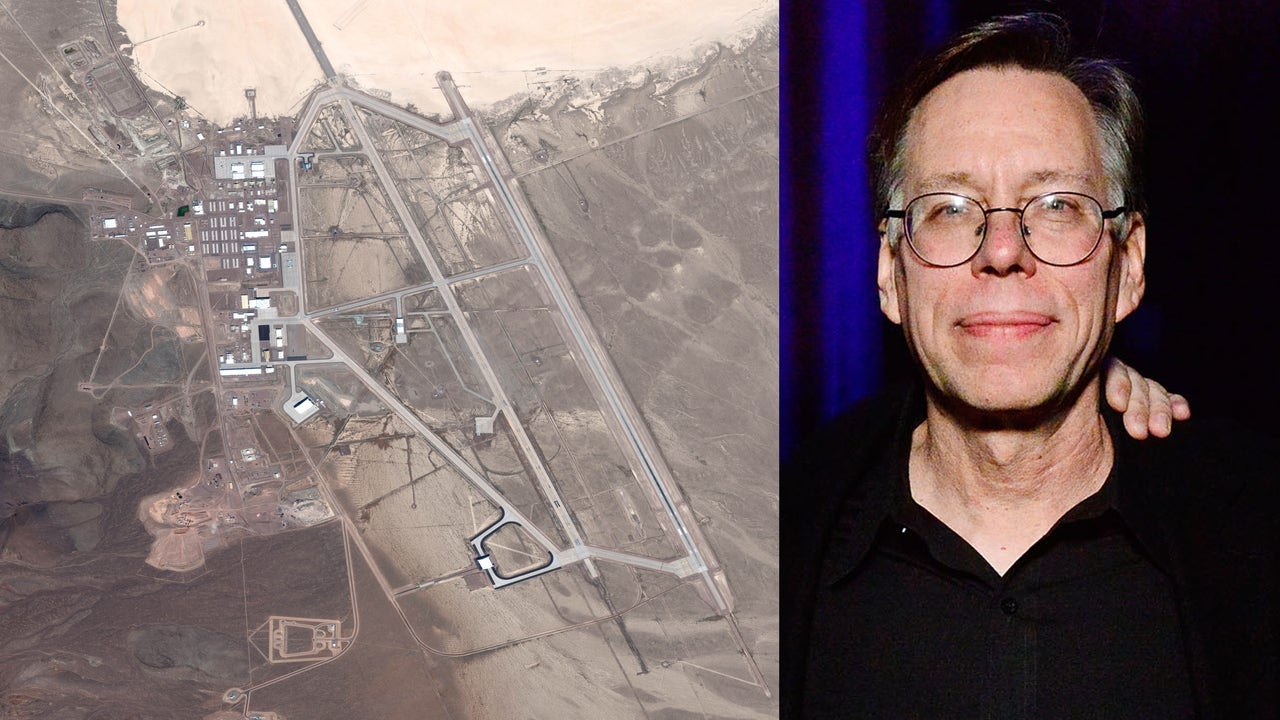
Over the years, Lazar’s allegations have been met with skepticism from scientists and government officials alike. No verifiable employment records have been found linking him to the facilities he mentioned. Likewise, the academic credentials he cited — including degrees from MIT and Caltech — have never been substantiated.
Yet, his story persists. Some of Lazar’s details — including his description of hand scanners later verified to have existed at secure government sites — have lent curious weight to his credibility. And when Element 115 (Moscovium) was officially synthesized in 2003, believers pointed to it as partial validation of Lazar’s earlier claims, though the scientific version of the element remains too unstable for any practical use.
Between Secrecy and Science

Area 51 itself, once officially unacknowledged, has since been confirmed by the U.S. government as a testing site for advanced military aircraft, not alien technology. Still, its history of secrecy, coupled with unexplained aerial phenomena witnessed near the base, continues to feed public intrigue.
In interviews, Lazar insists his story has never been about fame or profit. Instead, he claims he broke his silence to expose what he believes is a deliberate cover-up — an effort to suppress revolutionary technology that could transform human civilization. “Before I die,” he once said, “I need people to know the truth about what I saw.”
The Human Cost of Controversy
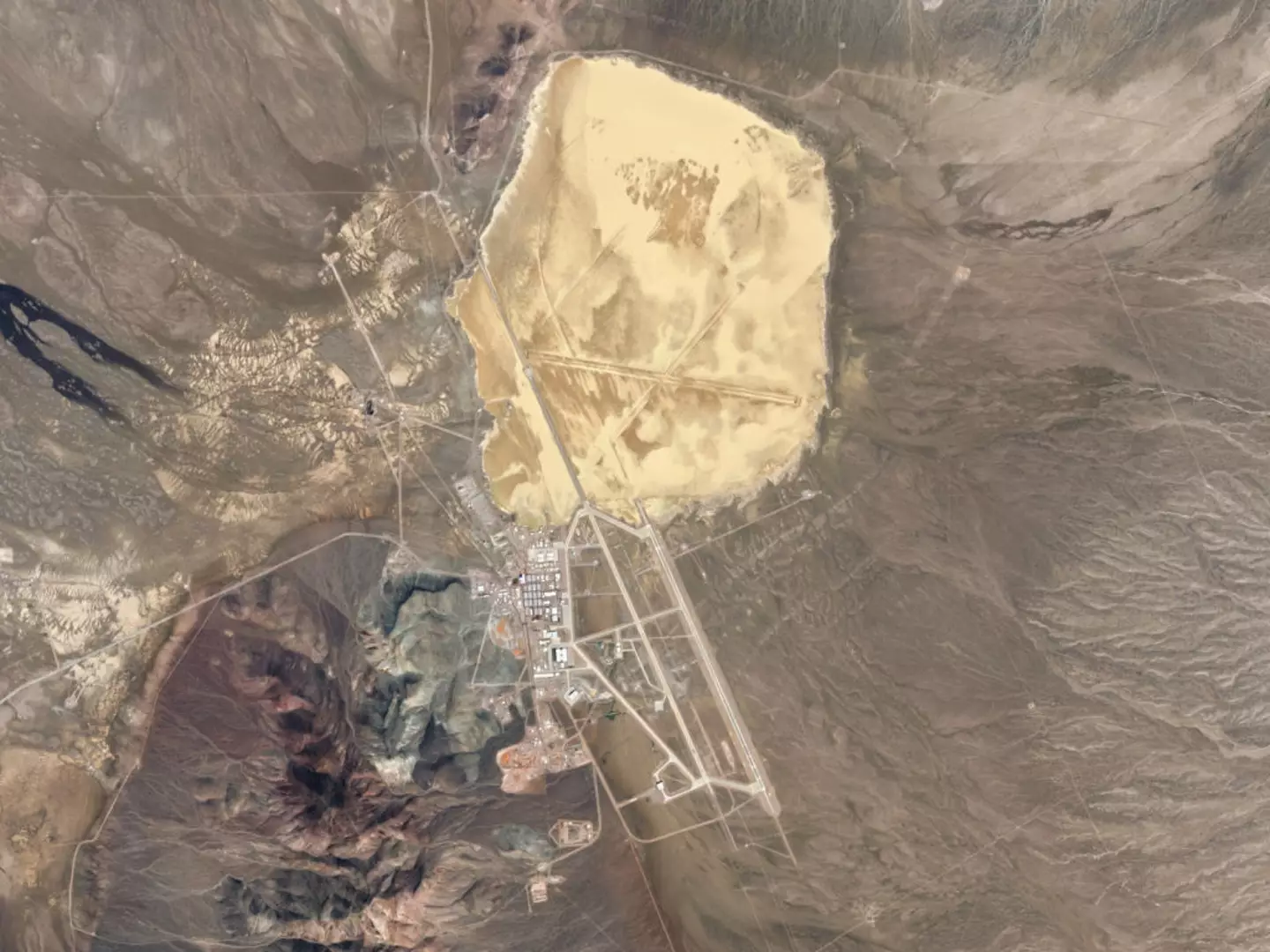
Behind the sensational headlines lies a more human story. Lazar describes the toll that speaking out has taken on his life: relentless scrutiny, disbelief, and the fear of government retaliation. Friends and former associates have both defended and distanced themselves from him, and his reputation has oscillated between whistleblower and mythmaker.
Even decades later, he maintains that nine craft of non-human origin were hidden in the Nevada desert. Whether viewed as delusion, deception, or daring disclosure, his conviction has never wavered.
A Broader Debate
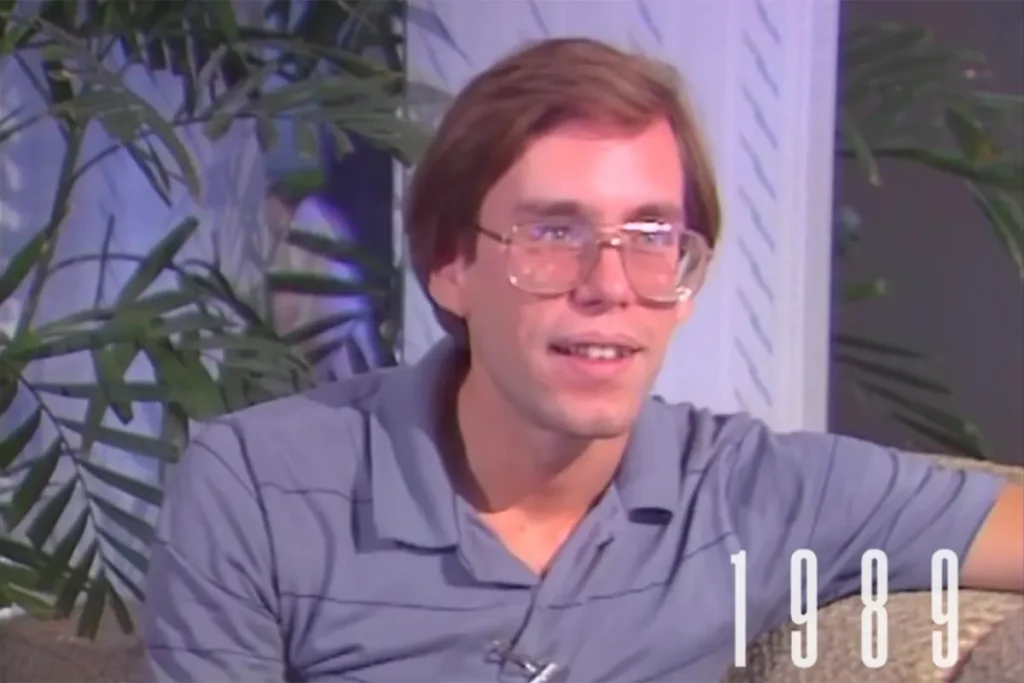
In recent years, discussions about unidentified aerial phenomena (UAPs) have gained new legitimacy. The U.S. Department of Defense has declassified videos of unidentified objects, and NASA has launched new efforts to study anomalous sightings. These developments have reawakened interest in Lazar’s claims — not as proof, but as part of a broader conversation about what governments might know and why transparency remains elusive.
Experts caution against drawing conclusions without evidence. “Extraordinary claims require extraordinary proof,” says astrophysicist Dr. Avi Loeb, who leads Harvard’s Galileo Project studying potential extraterrestrial artifacts. “But that doesn’t mean we shouldn’t investigate unusual reports with rigorous science.”
The Enduring Enigma

Whether one sees Bob Lazar as a visionary whistleblower or a compelling storyteller, there is no denying the cultural impact of his story. His testimony helped cement Area 51 in global imagination as a symbol of mystery and mistrust — a place where the line between science and secrecy blurs.
Lazar’s tale reminds us of something deeper: humanity’s persistent curiosity about the unknown. It speaks to our need to explore, to question, and to imagine that there may be more to reality than what we can measure.
In the end, the truth behind Area 51 and Lazar’s claims remains unverified. But perhaps that is why his story endures — not as definitive proof of alien technology, but as a mirror reflecting our timeless search for answers among the stars.
